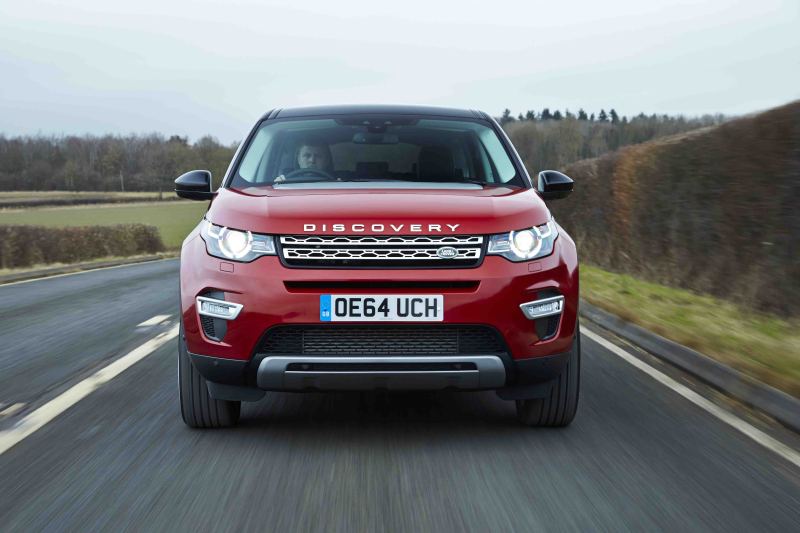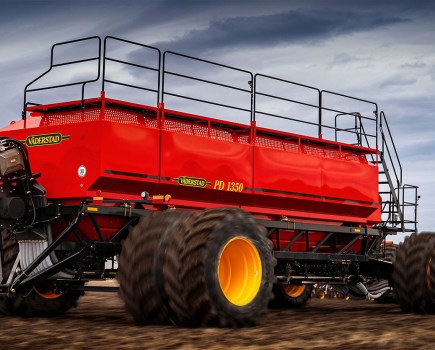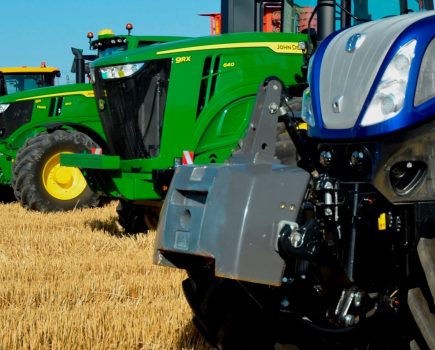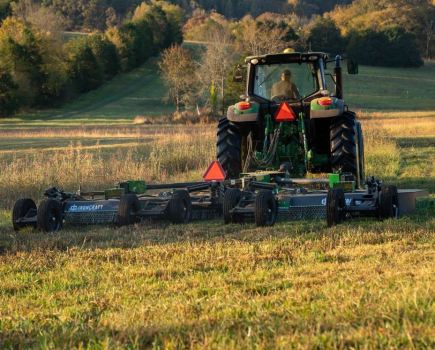Freelander is dead. Long live the Discovery Sport. The Land Rover Freelander 4×4 ceased production at the end of 2014, and, hot on its tail, the Discovery Sport went on UK sale last month. Replacement? Technically, yes. But then again ‘replacement’ doesn’t seem entirely appropriate, for the Discovery Sport looks different to Freelander, inside and out, feels different to Freelander and is most certainly priced different to Freelander. The entry-level Discovery Sport retails at around £32,000 and tops out at an eye-watering £43,000, some way north of the vehicle it replaces. Not that this appears to be adversely affecting initial interest. According to Land Rover, 3,400 UK orders were placed for the new Sport ahead of its on-sale date of January 22nd, and, of those orders, about 75% of them were for the top-end HSE and HSE Lux variants. Interestingly, the firm reports that much of this early demand is coming from buyers looking to downsize from heavier, thirstier 4x4s. So what’s in store for Freelander owners planning to update their existing transport to Discovery Sport over the coming months and years? As already mentioned, while still classified as a Compact Sports Utility Vehicle (SUV), the Sport is quite different. First impressions are that it owes its look to a number of Land Rover products: from the front, there’s more than a hint of Evoque, while in side-on profile it’s moderately Freelander-esque. Only from behind does the Sport appear to drop all genetic links with other family members, and ironically it’s this view that is its least appealing. Size-wise, the Sport measures slightly longer than Freelander — 4,590mm versus 4,500mm — but it’s still shorter than its closest rivals: BMW X3 (4,657mm), Audi Q5 (4,629mm) and Volvo XC60 (4,690mm). And what Land Rover is setting much store by is that, though longer, neither the Germans nor Swede 4x4s are able to offer 5+2 seating, a feature included as standard on all UK Discovery Sports, albeit those two extra seats are only capable of accommodating small-ish children in a degree of comfort over a journey of any distance. While in this area it’s also worth pointing out that, with seats six and seven flipped down and flat, there’s substantially more boot space than in Freelander, which, in part, can be attributed to a new multi-link rear suspension that keeps turret intrusion into the load area to a space-saving minimum. Clever stuff. Moving forward through the cabin, passengers three, four and five benefit from more legroom on a seat that, unlike in the Freelander, slides back and forth. Which brings us to the driver’s cockpit and that of his co-pilot. Continuing with the Freelander comparison, initial impression for the first-time Sport driver is that you sit much lower than in the old vehicle, in a position more akin to that of the Evoque, and this is a feeling that’s further enhanced by the Evoque-style steering wheel, some of the controls and a panoramic sunroof overhead. Accompanying this, as you’d expect, there’s all manner of tech, info and entertainment sophistication, accessed in the main through an 8in high-definition display in the centre of the imposing, prominent dash. To provide just one example, the vehicle’s system is compatible with Apple and Android smartphones, giving access to your Contacts, Calendar, music library, as well as a selection of apps that have been developed for in-car use. But back to the more fundamental vehicle hardware, where new mixes with old to pleasing performance effect. There’s just the one familiar SD4 four-cyl diesel engine for UK buyers — there are unconfirmed rumours of more engine options to come — that sends 190hp (162g/km CO2) through a choice of transmissions: a six-speed manual or new, silky smooth nine-speed auto, with the latter expected to account for around 70% of Sport sales (it was more like 50% in the old vehicle). Quoted stats for the SD4/auto pairing are a 0-60mph time of 8.4secs and top speed of 117mph. Of arguably more significance, however, is that there is an uplift in economy, with Land Rover suggesting an average for the auto of 44.9mpg. Realistically, and based on a short drive, we reckon you could expect to achieve around 40mpg in everyday motoring, bettering the Freelander by about 10%. Granted, that’s an unscientific calculation, but it won’t be far out. Where does this improved economy from? Of course, it’s a combination — part driveline, part improved aerodynamics, and part, as is Land Rover’s current policy, from an increased use of lightweight aluminium panels. Off road, it’s standard Land Rover fare. There might not be any low-range box or air suspension, but modest overhangs, decent approach/departure angles, a generous wading depth and proven Terrain Response technology combine to take the Sport to most places that farming will want to go. Towing, however, is not in full-size Discovery 3.5t territory: the auto Sport 5+2 tows 2.2t, a slim 200kg improvement on Freelander’s 2.0t. Wrapping up this brief Sport tour, the number of new safety features merits a mention. Here we’re talking of the likes of Autonomous Emergency Braking that comes into effect between speeds of 3 and 50mph, Lane Departure Warning and Trailer Stability Assist. And, should the vehicle hit a pedestrian at 15-30mph, there’s even an airbag in the base of the windscreen to reduce the risk of serious injury. A more detailed drive and assessment of the Discovery Sport will appear in an upcoming issue of profi.
New arrival for Land Rover

Freelander is dead. Long live the Discovery Sport. The Land Rover Freelander 4×4 ceased production at the end of 2014, and, hot on its tail, the Discovery Sport went on UK sale last month. Replacement? Technically, yes. But then again ‘replacement’ doesn’t seem entirely appropriate, for the Discovery Sport looks different to Freelander, inside and out, […]

















